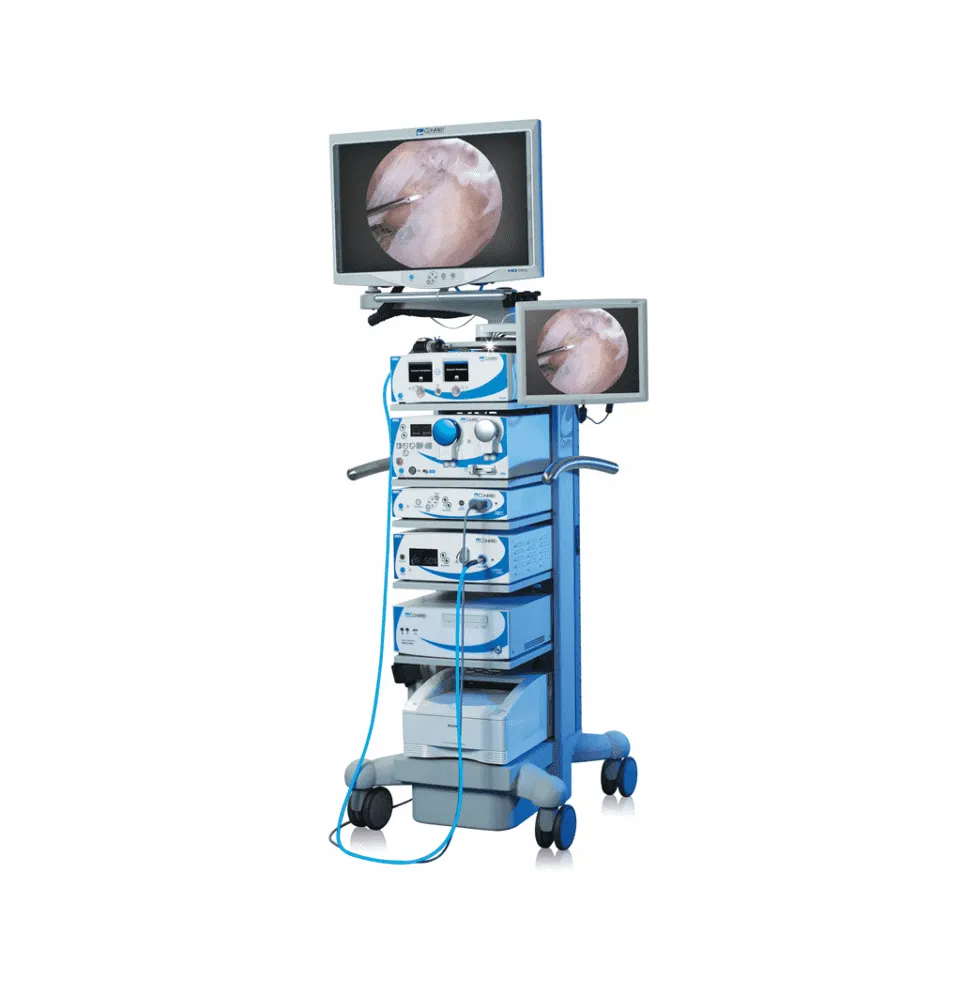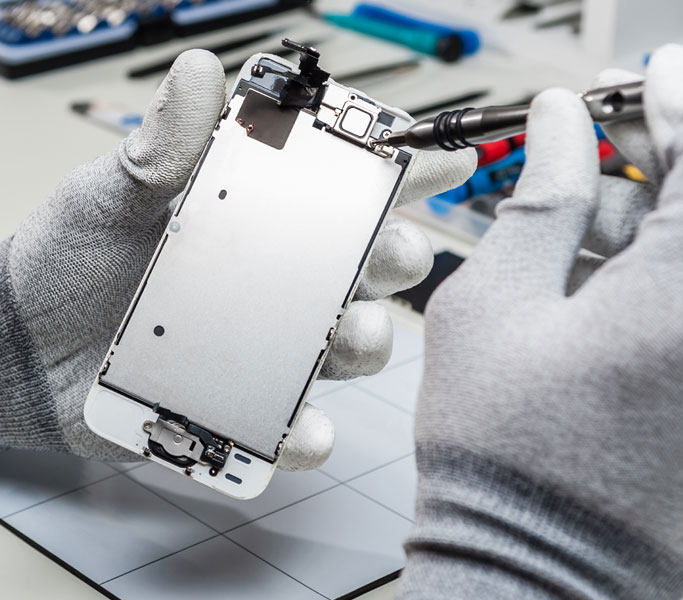Plasma sterilization technology has revolutionized sterilization practices, especially in sensitive environments like veterinary hospitals and clinics. As animal care professionals work with various complex tools—from scopes and drills to delicate, single-use devices—the need for effective and safe sterilization methods is paramount.
Plasma sterilization offers a cutting-edge, low-temperature alternative to traditional sterilization methods, allowing veterinarians to extend the life of sensitive instruments while maintaining strict sanitation standards.
What is Plasma Sterilization?
Plasma sterilization is a process that uses hydrogen peroxide vapor (H₂O₂) combined with plasma technology to achieve sterilization at low temperatures. Plasma, an energized gas created under specific conditions, generates reactive species that interact with microorganisms on instruments, eliminating them without high heat.
This technology is especially beneficial for temperature-sensitive materials and electronic instruments that traditional high-temperature sterilization methods could otherwise damage.
This process involves multiple stages:
- Pre-vacuum Phase – The sterilizer removes air to create a vacuum environment.
- Injection Phase – Hydrogen peroxide vapor is introduced to penetrate all instrument surfaces.
- Diffusion Phase – The vapor evenly disperses and interacts with contaminants.
- Plasma Phase – The vaporized hydrogen peroxide is converted to plasma, interacting with and destroying microorganisms.
The process is fast, efficient, and environmentally friendly, with by-products of water vapor and oxygen, making it suitable for frequent use in busy veterinary settings.
Why Plasma Sterilization is Ideal for Veterinary Practices?
Veterinary hospitals often handle complex and sensitive instruments, such as endoscopes, drills, and battery-operated devices, requiring meticulous sterilization.
Plasma sterilization, with its low operating temperatures, allows these items to be effectively sterilized without risking damage. This capability makes sterilizing reusable, single-patient-use items possible, saving costs while maintaining strict hygiene.
-
Safe and Cost-Effective Sterilization Options
For veterinary hospitals, plasma sterilization technology, such as the Sterlink FPS Sterilizer, offers an affordable, effective sterilization solution. It includes customizable options and accessories, such as chemical indicator strips for H₂O₂ gas that change from red to blue upon successful sterilization. With affordable filter replacement kits and low-cost indicator strips, practices can keep operating costs low while ensuring patient safety.
Why Endoscopy Equipment Matters for Veterinary Practices?
Endoscopy equipment offers a minimally invasive approach to diagnosing and treating conditions that would otherwise require open surgery. Through small incisions or natural orifices, veterinarians can access the gastrointestinal tract, respiratory passages, and other areas of an animal’s body.
The benefits for animals and veterinarians are numerous:
- Minimized Trauma and Faster Recovery: By avoiding large incisions, endoscopy reduces trauma, decreases recovery time, and lowers the risk of infection.
- Enhanced Diagnostic Accuracy: High-definition imaging enables veterinarians to visualize the inside of an animal’s body, leading to more accurate diagnoses and effective treatment plans.
- Wide Range of Applications: From removing foreign bodies to performing biopsies, endoscopy offers versatile solutions in both diagnosis and treatment.
Key Features of the Veterinary Endoscopy System
The Veterinary Surgical System is designed with flexibility and precision in mind. This system accommodates a wide range of procedures, enabling veterinarians to tailor their approach based on the needs of each animal.
Some of the primary procedures and components include:
1. Flexible Endoscopy for Versatile Diagnoses
Flexible endoscopy equipment is essential for procedures that require access to hard-to-reach areas. The Veterinary Endoscopy System includes a Flexible Gastroscope System with an HD Flip-Top Monitor, ideal for gastrointestinal exams, foreign body removals, and biopsies.
- Portable Design: The flexible gastroscope system is designed to be lightweight and portable, making it easy to use across different areas in a clinic.
- High Definition (HD) Imaging: With an HD flip-top monitor, veterinarians can view detailed, high-resolution images, improving diagnostic capabilities and outcomes.
- Specific Veterinary Application: The equipment is optimized for veterinary needs, ensuring accurate diagnoses and comfortable procedures for animals of various sizes and species.
2. Otoscopy and Rhinoscopy for Ear and Nasal Diagnostics
Otoscopy and rhinoscopy allow veterinarians to examine the ear canal and nasal passages, helping diagnose ear infections, nasal obstructions, and related issues. The endoscope provides a detailed view, enabling swift action for diagnosis and treatment.
- Enhanced View of the Ear and Nasal Passages: This allows for precise examination and identification of issues like polyps, tumors, and foreign bodies.
- Minimal Discomfort: The flexible design ensures the procedure is as comfortable as possible for the animal, reducing stress and improving the experience.
3. Cystoscopy and Laparoscopy for Urinary and Abdominal Procedures
The system also includes specialized equipment for cystoscopy and laparoscopy, as well as essential tools in veterinary care for examining the urinary tract and abdominal cavity.
- Efficient Diagnosis and Treatment of Bladder Issues: With a flexible cystoscope, veterinarians can conduct thorough examinations of the urinary tract, identify blockages, and even remove bladder stones without invasive surgery.
- Laparoscopic Surgery with Vessel Sealing: Laparoscopy allows for minimally invasive abdominal surgeries, including biopsies, spays, and neuters. The vessel sealer ensures precision, especially during blood vessel procedures, minimizing bleeding and reducing recovery time.
Advantages of a High-Definition Flexible Endoscope
With a High-Definition Flexible Endoscope, veterinary practices can access the latest imaging technology for a more comprehensive body view.
HD imaging provides clear and accurate visuals, which are crucial for identifying subtle tissue changes that may indicate underlying health issues. The 5.8mm outer diameter with a 2.0mm working channel is designed to efficiently navigate smaller passages without compromising image quality.
The flexible endoscope features 180-degree up and 130-degree down tip deflection. This maneuverability allows veterinarians to easily explore intricate areas of the body, ensuring that no stone is left unturned during diagnostic evaluations.
Choosing the Right Endoscopy Equipment for Your Practice
Here are a few tips when considering an investment in endoscopy equipment:
- Assess Your Practice Needs: Evaluate the types of cases you frequently encounter. A flexible endoscope with HD imaging may be especially valuable if you see a high volume of gastrointestinal or respiratory cases.
- Prioritize Veterinary-Specific Design: Look for equipment designed specifically for veterinary use, as this ensures compatibility with animal anatomy and safety.
- Consider Portability and Versatility: For practices with multiple rooms or mobile services, portable endoscopy equipment can offer greater flexibility and ease of use.
- Choose Equipment with Advanced Features: A vessel sealer, HD monitor, and multi-procedure capability (like gastroscopy, rhinoscopy, and bronchoscopy) can provide enhanced value by covering more diagnostic and treatment areas.
Advancing Veterinary Care with Endoscopy Equipment
Endoscopy equipment is invaluable in modern veterinary practices, providing minimally invasive solutions that enhance diagnosis and treatment. From flexible endoscopes equipped with HD monitors to specialized cystoscopes and bronchoscopes, this equipment empowers veterinarians to deliver high-quality care while reducing patient discomfort and recovery time.
By investing in plasma sterilization, veterinary practices can safeguard their patients and instruments. This technology addresses a growing need for versatile, reliable sterilization, offering a unique blend of safety, efficiency, and cost-effectiveness to meet the demands of modern veterinary healthcare.




